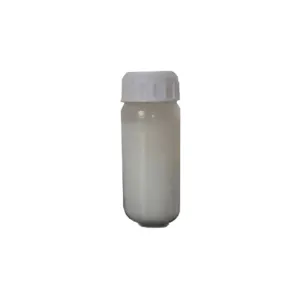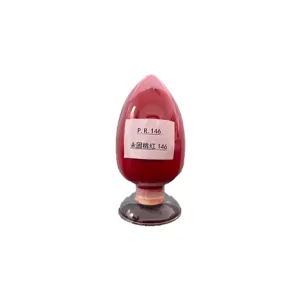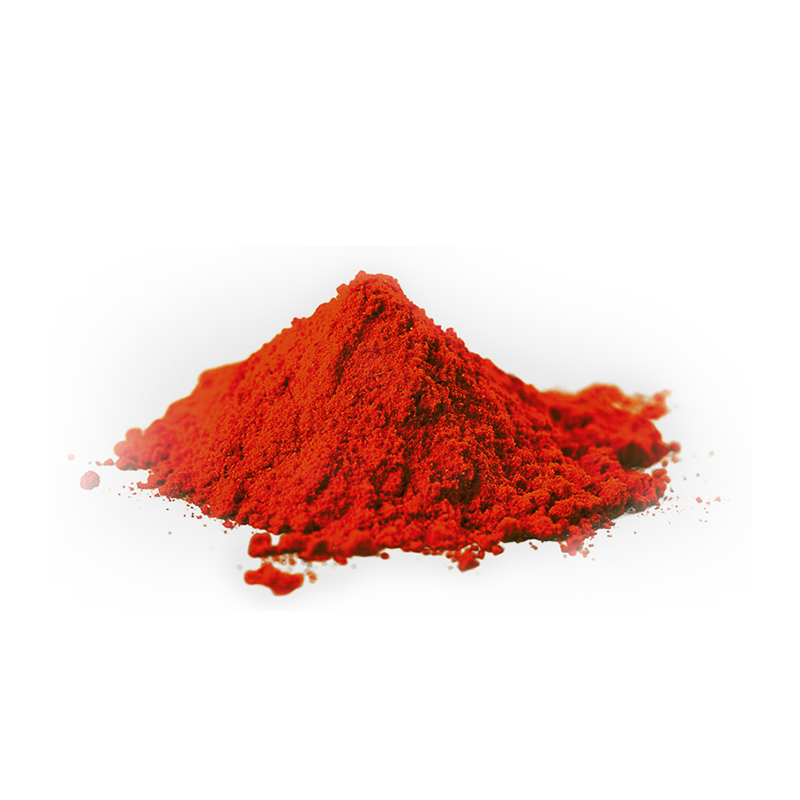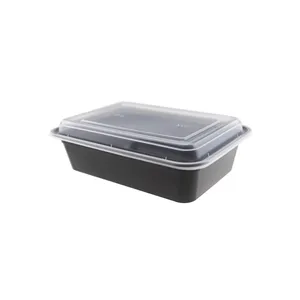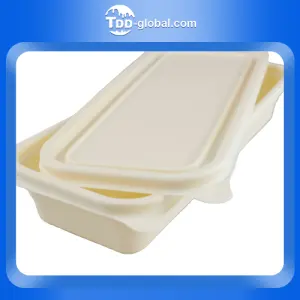Japan Witnesses Growth in Caustic Soda Exports during Q3

In the third quarter, Japan witnessed a substantial surge in the export of liquid caustic, with volumes reaching 248.85 thousand tonnes, marking an impressive 90.1 percent increase compared to the preceding quarter. This uptick in export figures, despite favorable conditions in caustic soda supply during most of the third quarter, can be attributed to robust chlor-alkali production. The profitability of electrochemical units (ECUs) within Japanese polyvinyl chloride (PVC) producers likely played a crucial role in driving this growth.
Analyzing the key export destinations, Australia, Indonesia, and the United States emerged as the top three, collectively constituting 83.1% of Japan’s total liquid caustic exports for the quarter. This strategic distribution points to the significance of these markets in absorbing Japan’s increased export volumes.
On a year-on-year basis, the export volumes witnessed a notable 6.8% rise, indicating sustained growth and positive trends in Japan’s liquid caustic sector.
Comparatively, South Korea’s export volumes of liquid caustic soda in the third quarter amounted to 83.34 thousand tons, reflecting a 17.2% decline from the previous quarter. This decrease was influenced by limited workload indicators among manufacturers, driven by a reduction in profitability. Despite favorable supply conditions in Asia during most of the third quarter, South Korea experienced a decrease in export volumes. However, on a year-on-year basis, South Korea’s export volumes demonstrated a significant 12.2% increase.
The estimated consumption amounted to 635.71 thousand tons, reflecting a marginal 2% decline compared to the same period in 2022. Within this market landscape, the emulsion PVC sector witnessed a commendable 4% increase in shipments, while the slurry market experienced a modest 2% decrease.
Japan’s notable surge in liquid caustic exports in the third quarter reflects a dynamic market influenced by both domestic and international factors. The profitability of ECUs within Japanese PVC production has evidently played a pivotal role in driving this growth. The strategic distribution of exports to key destinations further underscores the resilience and adaptability of Japan’s liquid caustic sector.
Meanwhile, South Korea’s experience of a decline in export volumes emphasizes the delicate balance between profitability and market dynamics. The year-on-year increase in South Korea’s export volumes showcases the potential for recovery and growth in the liquid caustic sector.
As the global landscape continues to evolve, these trends provide valuable insights into the nuanced dynamics of the liquid caustic market in the broader context of the chemical industry. The year-on-year growth in both Japan and South Korea’s export volumes signals resilience and adaptability, crucial attributes in navigating the complexities of the international chemical market.
Recommended Suppliers
 September 23, 2024
September 23, 2024  June 3, 2024
June 3, 2024  June 3, 2024
June 3, 2024  June 3, 2024
June 3, 2024  June 17, 2024
June 17, 2024 
